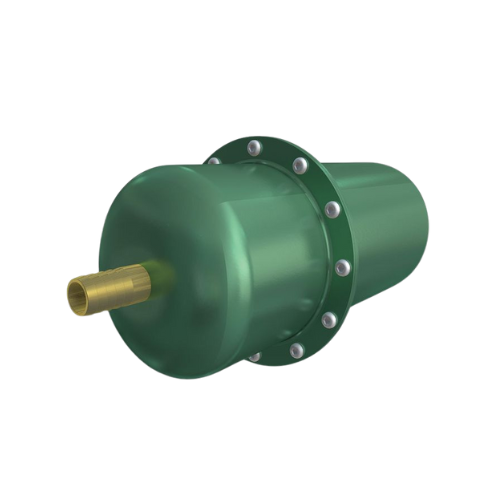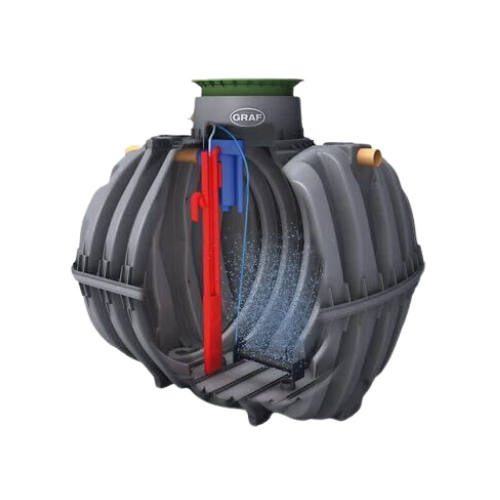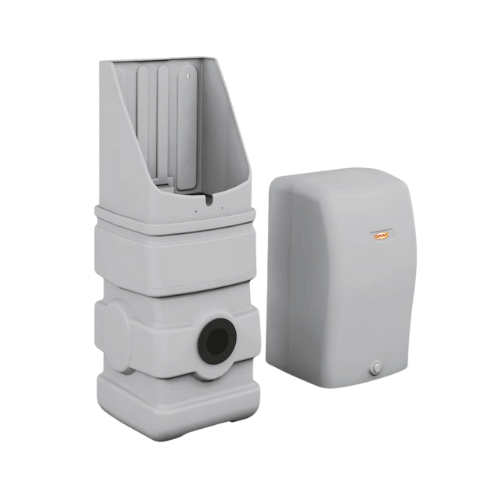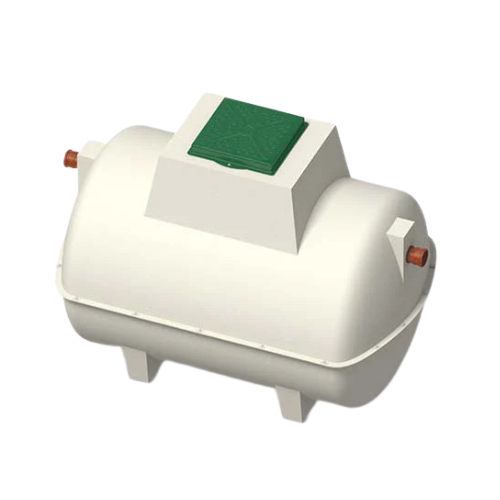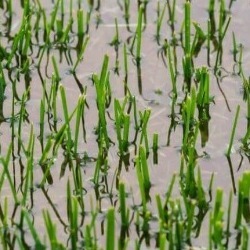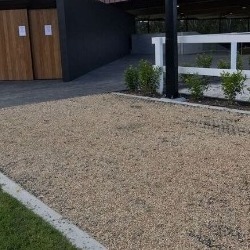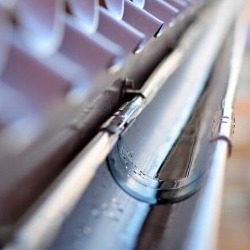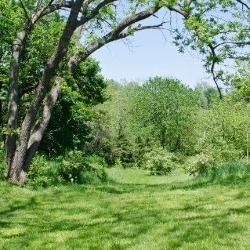How Does A Sewage Treatment Plant Work?
A sewage treatment plant works through a series of processes to remove contaminants from wastewater or sewage before it is discharged into the environment. Here's a general overview of how a typical sewage treatment plant operates:
Screening & Grit Removal:
First up, the incoming sewage gets filtered through large screens to remove large solid objects like rags, sticks, and debris. This protects equipment from getting clogged and malfunctioning. Next, the sewage enters grit chambers. These are essentially large settling tanks that allow heavier inorganic materials like sand and gravel to sink to the bottom.
Primary treatment:
The sewage is passed through large sedimentation tanks or clarifiers, where heavier solid particles (sludge) settle to the bottom, while the lighter materials (scum) float to the surface. These materials are removed for further treatment or disposal.
Secondary treatment:
- Biological treatment: The remaining liquid from the primary treatment is mixed with microorganisms (bacteria and other microbes) in an aerated tank or reactor. These microorganisms consume and break down the organic matter in the wastewater, converting it into carbon dioxide, water, and more microorganisms.
- Secondary sedimentation: The mixture from the biological treatment is passed through another set of sedimentation tanks or clarifiers, where the microorganisms settle to the bottom as sludge, leaving a relatively clear liquid effluent.
Tertiary treatment (optional):
Depending on the desired quality of the treated effluent, additional treatment processes may be employed, such as:
- Filtration: The effluent is passed through filters (e.g., sand, coal, or membrane filters) to remove remaining suspended solids.
- Disinfection: The effluent is treated with chlorine, ultraviolet light, or other disinfectants to kill pathogenic microorganisms.
- Nutrient removal: Processes like nitrification, denitrification, and chemical precipitation are used to remove excess nutrients (nitrogen and phosphorus) from the effluent.
Sludge treatment:
The sludge collected from the primary and secondary treatment processes is further treated to reduce its volume and stabilize it for safe disposal or beneficial use. Common sludge treatment methods include anaerobic digestion, aerobic digestion, composting, and dewatering.
Effluent discharge:
The treated effluent that meets the required quality standards is discharged into a receiving water body, such as a river, lake, or ocean. The resulting treated liquid, approximately 95% clean water, can be safely returned to a ditch or natural watercourse. The remaining sludge is regularly removed from the solid chamber by specialized companies.
Throughout the treatment process, various mechanical, biological, and chemical processes are employed to remove pollutants and contaminants from the sewage, ensuring that the discharged effluent meets environmental regulations and does not cause harm to aquatic ecosystems or public health.
Features & Benefits of Sewage Treatment Plants
- Odourless: Advanced technology activates wastewater with oxygen immediately upon entry, producing clear, odourless water ready for extraction via a soakaway or underground pipe.
- Sustainable: Achieving up to 99% efficiency, our treatment tanks ensure sustainable discharge values, preparing for stricter future legal requirements.
- Environmentally Friendly: Lightweight and simple in construction, these wastewater treatment plants reduce energy consumption and running costs, featuring an energy-optimized membrane compressor and economical motor valve. They are transported in stackable half-shelves, cutting freight costs by 80%.
- Easy Installation & Maintenance: The light weight of the tanks facilitates easy transport and installation. With only one tank and chamber required, the space needed starts at just 4m² for a 5-person unit. The tank can be installed in groundwater, and the telescoping, tilting lid fits flush with the ground. Maintenance is simple with an integrated self-cleaning sampling container.
- Long Lasting: Our sewage treatment plants come with a minimum 10-year structural warranty and a minimum 2-year warranty on the technology, though both components typically exceed these warranties.
Sizing of Sewage Treatment Plants
Sewage treatment plants are sized based on the number of occupants in the property or properties using the plant. We offer systems for up to 18-person occupancy. If you require a larger size than our current offer, please get in touch with us.
Do Sewage Treatment Plants Need a Soakaway?
While soakaway crates are effective for discharging stormwater and rainwater back into the ground, they should not be used with sewage treatment plants or septic tanks. This would be illegal as these crates are not designed for untreated wastewater and could contaminate public drinking water sources.
Do Sewage Treatment Plants Need Emptying?
Sewage treatment plants, though capable of handling more wastewater than septic tanks, still require periodic emptying. Manufacturers often recommend annual emptying to manage sludge buildup within the treatment tank. Excessive sludge can compromise water cleanliness, defeating the plant's purpose. Consult your supplier or retailer for specific emptying intervals, as some budget options may need more frequent maintenance. Alarms are available for some tanks which will give warnings when emptying is soon going to be required.
Pumped and Gravity Fed Options
Most sewage treatment plants feature either a gravity or pumped outlet option for disposing of treated water. Marsh and Graf plants both offer an optional pump for the standard gravity outlet. Gravity fed would always be the preferred option, though if the dwelling/location is on a hill/gradient a pump will be required.
Adding a pump/pumping system to the treatment plant adds an extra layer to the installation, whilst the pumps provided by sewage treatment plant manufacturers are top quality and built to withstand the use, they do add another element to be checked and maintained.
Delivery Information
For details on delivery and returns, please refer to the delivery & returns tab below. If you lack offload facilities onsite, contact us to arrange for a suitable vehicle, which may incur additional costs.
Please Note: Our sewage treatment plants do not qualify for Spend & Save volume discounts. For more information on any of these products, please contact us.

